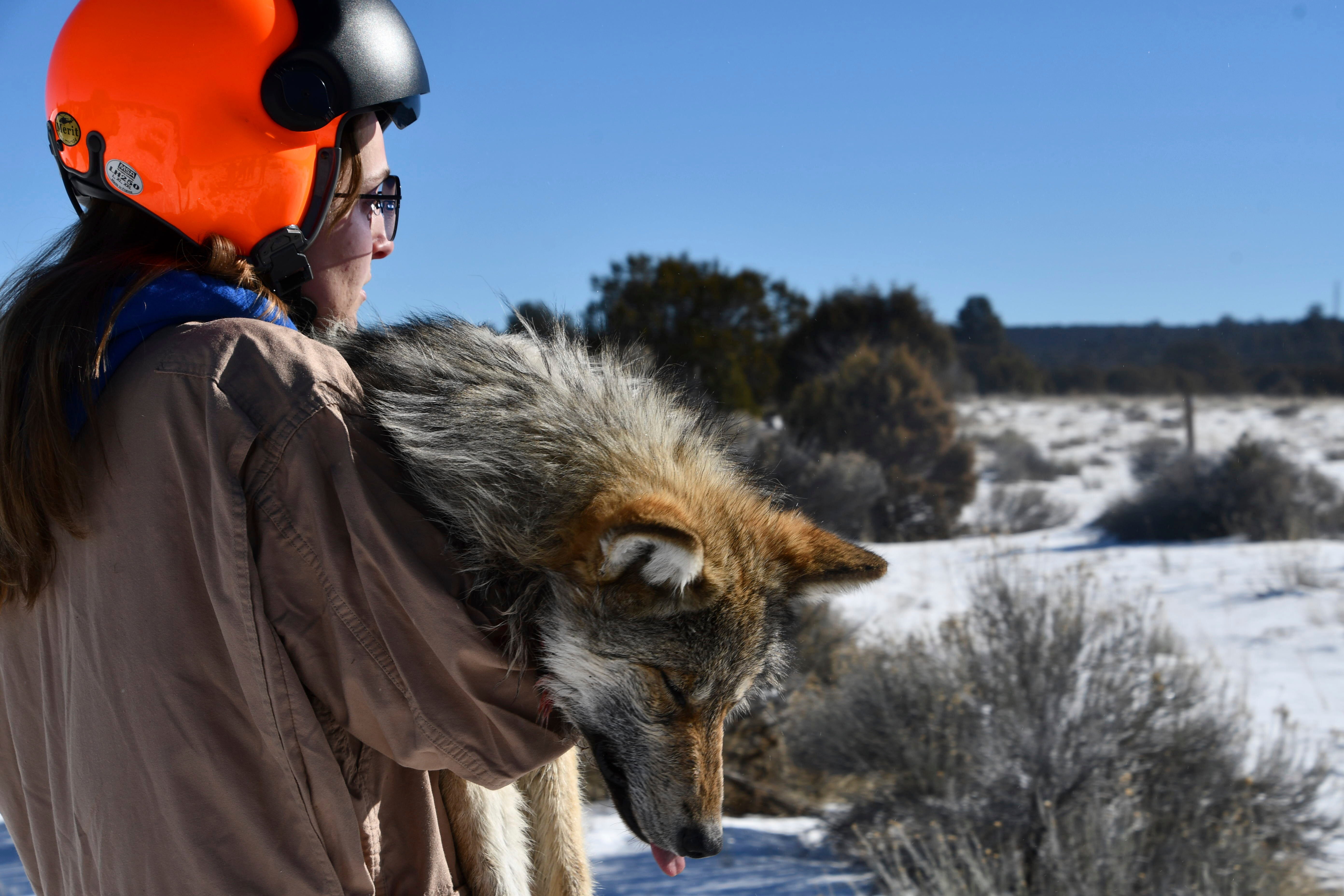Endangered Mexican wolf population makes strides in US
The number of endangered Mexican gray wolves roaming the southwestern U.S. has topped 200 for the first time since reintroduction efforts began more than two decades ago

Your support helps us to tell the story
From reproductive rights to climate change to Big Tech, The Independent is on the ground when the story is developing. Whether it's investigating the financials of Elon Musk's pro-Trump PAC or producing our latest documentary, 'The A Word', which shines a light on the American women fighting for reproductive rights, we know how important it is to parse out the facts from the messaging.
At such a critical moment in US history, we need reporters on the ground. Your donation allows us to keep sending journalists to speak to both sides of the story.
The Independent is trusted by Americans across the entire political spectrum. And unlike many other quality news outlets, we choose not to lock Americans out of our reporting and analysis with paywalls. We believe quality journalism should be available to everyone, paid for by those who can afford it.
Your support makes all the difference.Endangered Mexican gray wolves are making more strides, as more breeding pairs and pups have been documented since reintroduction efforts began in the southwestern U.S. more than two decades ago, federal wildlife managers said Tuesday.
The U.S. Fish and Wildlife Service released the results of its annual survey in New Mexico and Arizona, saying this is the first time the population has topped 200 and the seventh straight year that the numbers have trended upward.
In all, at least 241 of the predators were counted, marking a nearly 23% increase over the previous year and a doubling of the population since 2017.
Since the first wolf release in 1998, the program has had its share of fits and starts due to illegal killings, a lack of genetic diversity and legal wrangling over management.
“To go from zero wild Mexican wolves at the start to 241 today is truly remarkable," Mexican Wolf Recovery Coordinator Brady McGee said in a statement.
The annual count started in November, with members of the interagency field team conducting ground and aerial surveys of a rugged forested area along the Arizona-New Mexico line. Aside from tracking radio-collared wolves, they used remote cameras and collected scat to estimate the population.
The work is done over the winter when the population is most stable.
It’s estimated that thousands of Mexican wolves once roamed from central Mexico to New Mexico, southern Arizona and Texas. Predator eradication programs began in the late 1800s and within several decades, the wolves were all but eliminated from the wild.
The rarest subspecies of gray wolf in North America, Mexican wolves were listed as endangered in the 1970s and a U.S.-Mexico captive breeding program was started with the seven remaining wolves in existence.
Wolf-livestock conflicts have been a major challenge of the reintroduction program over the past two decades, with ranchers saying the killing of livestock by wolves remains a threat to their livelihood despite efforts by wildlife managers to scare the wolves away and reimburse some of the losses.
Jim deVos, Arizona Game and Fish Department Mexican Wolf Coordinator, said recovery for any endangered species is difficult and this has proven to be the case for the Mexican wolf. Still, he described growth over the last year as stunning.
“By every possible measure, progress was made," he said, pointing to 31 breeding pairs that produced 121 pups, about two-thirds of which survived to the time of the count. The survival rate for pups in their first year is typically around 50%.
The field team was able to capture and collar 21 wolves during the survey. Officials said the additional collars will help them gain a better understanding of wolf activity and help with on-the-ground management.
The cross-fostering of captive bred pups with packs in the wild also has added to the population and has helped to address concerns about genetic diversity. This year, two of the 11 pups that were fostered survived.
Officials also documented the lowest annual total of wolf deaths since 2017 — six in Arizona and six in New Mexico for 2022. In 2020, 29 wolves were reported dead and another 25 the following year.
Environmental groups celebrated the numbers but cautioned Tuesday that more work needs to be done to improve genetics among the wild population and that the U.S. Fish and Wildlife Service needs to allow wolves to roam beyond what they call arbitrary boundaries that have been established for the recovery area.
Citing low survival rates for cross-fostered pups, the groups have been pushing for more family groups — adult wolves with pups — to be released into the wild.